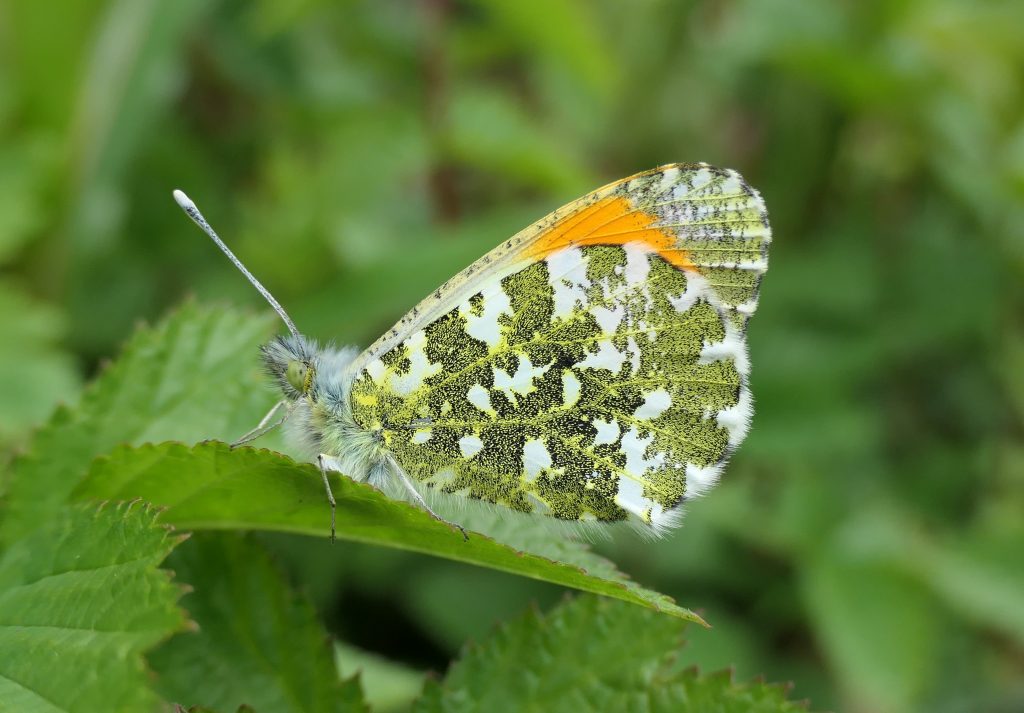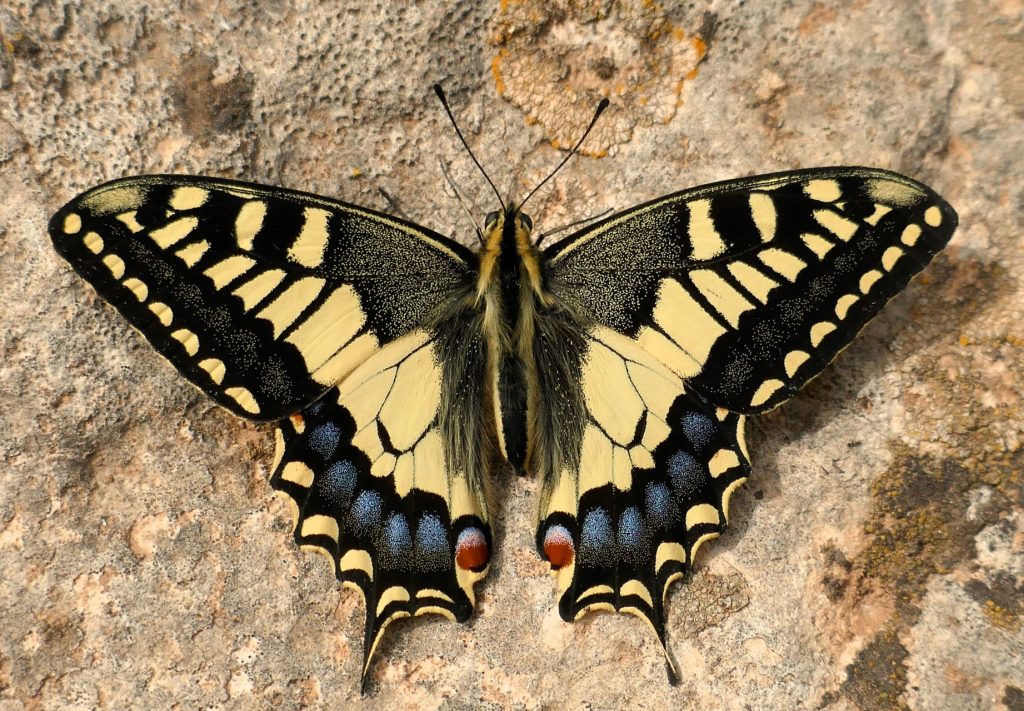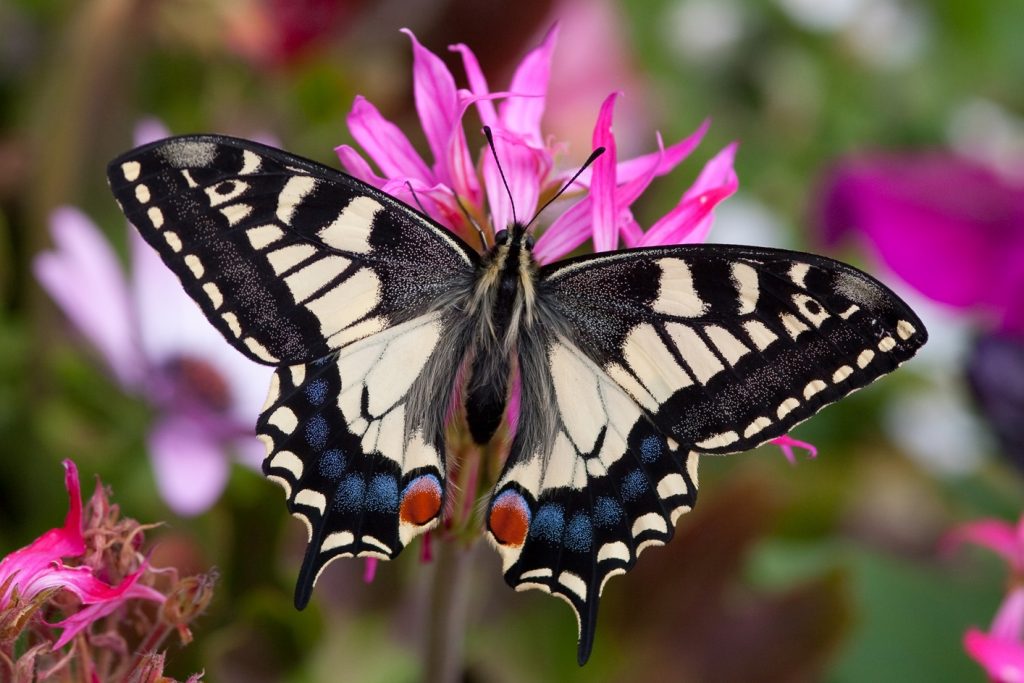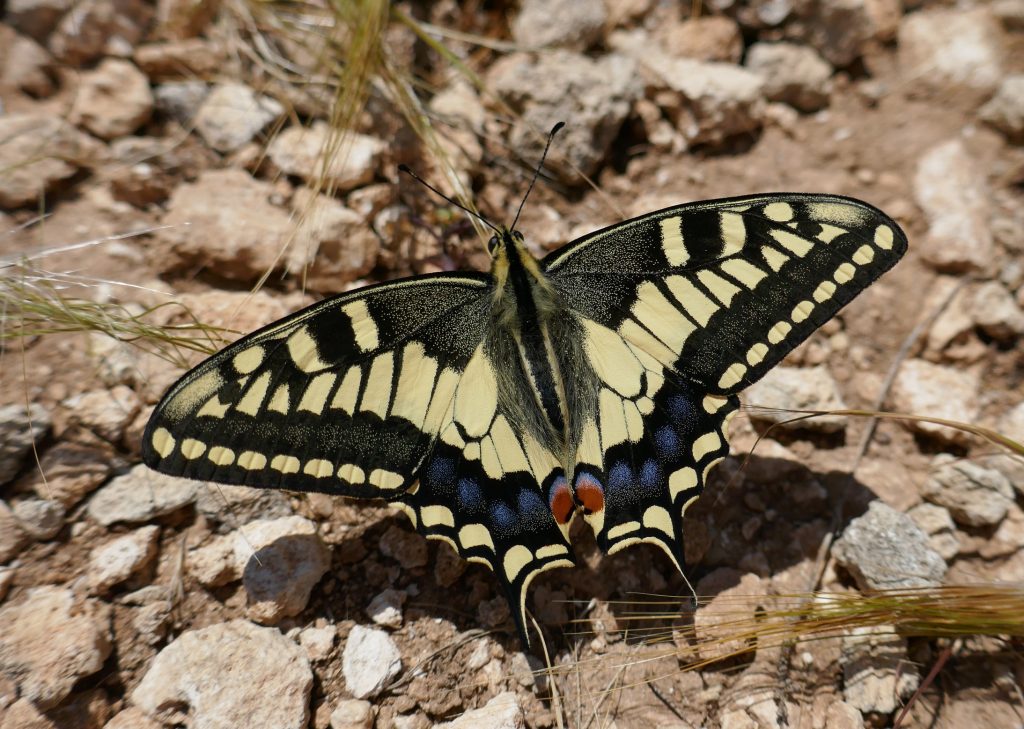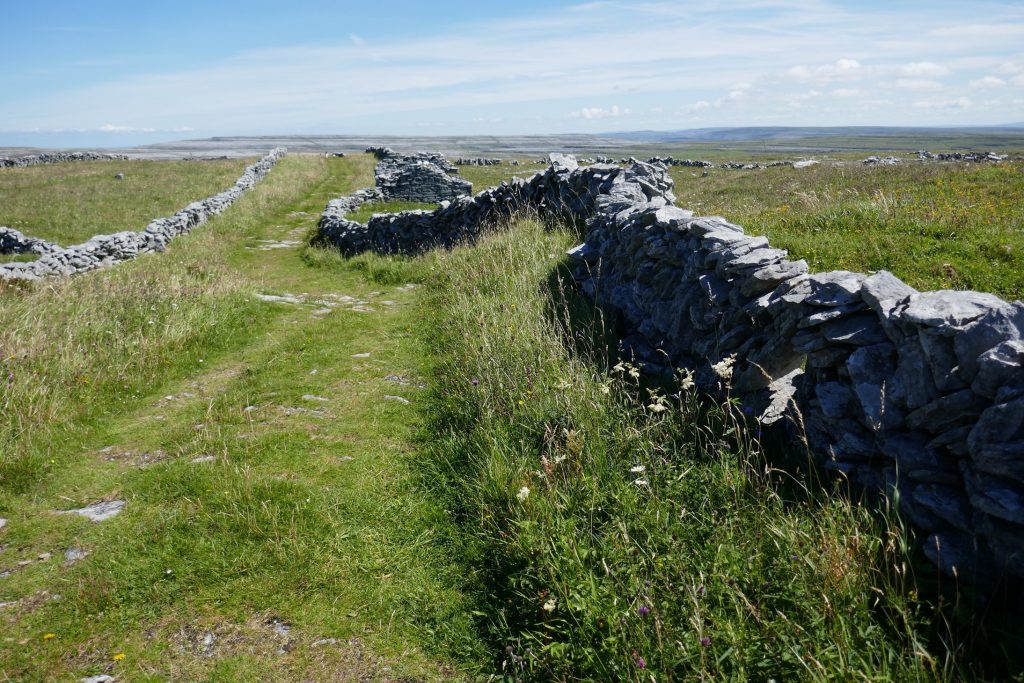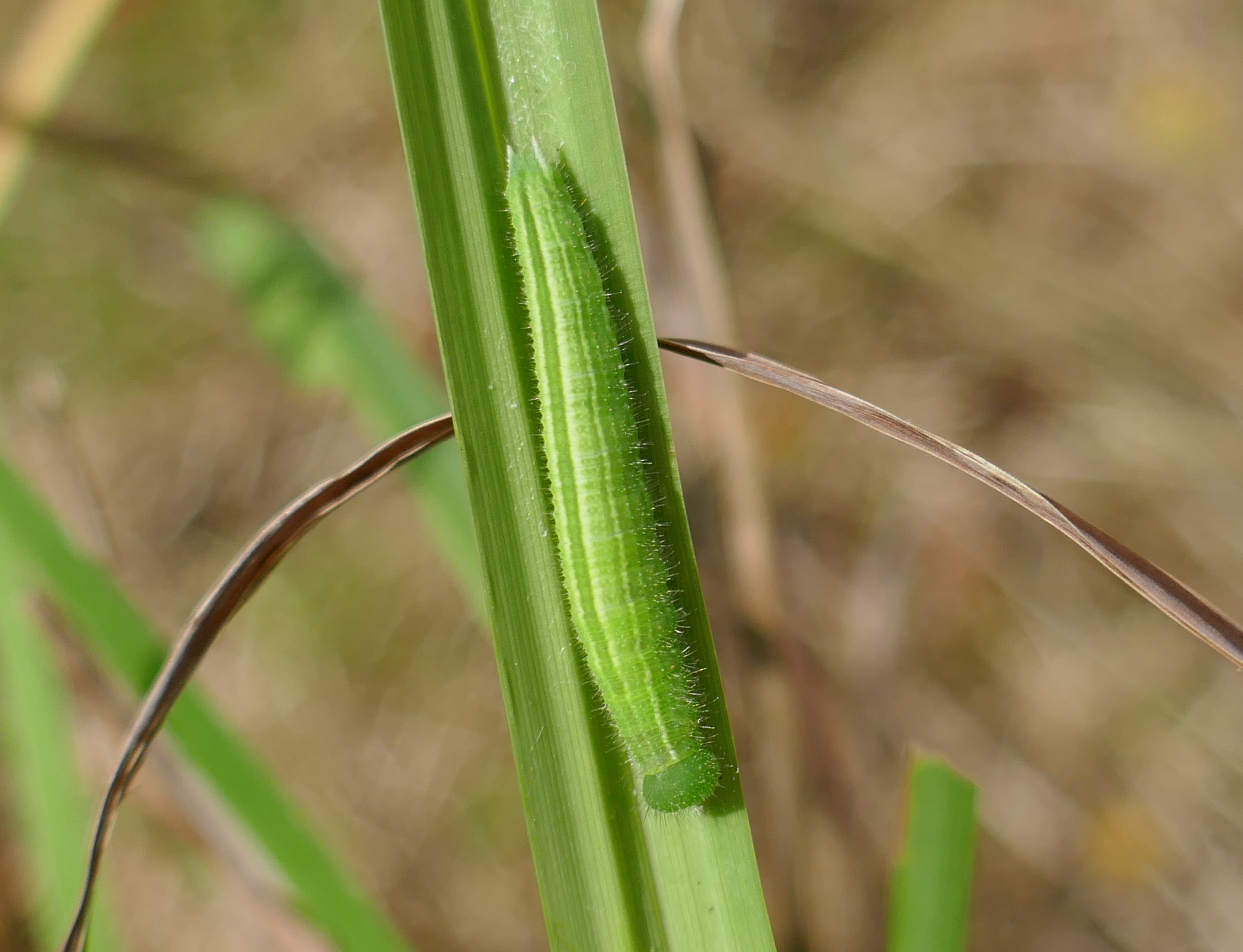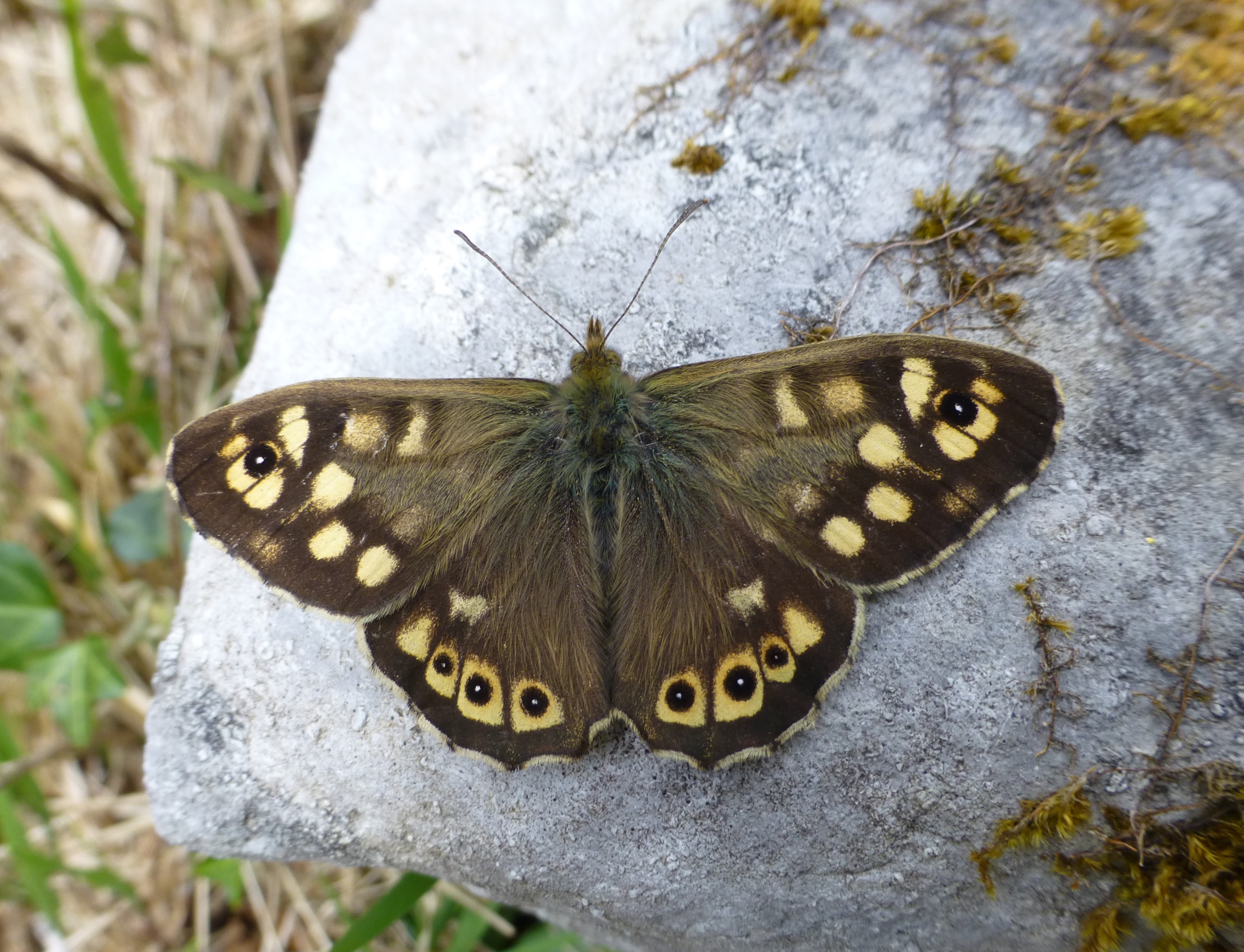The misery of our weather since late June 2023 has sharpened our desire for better. We are struggling to see a large number of any butterfly except for the Holly Blue, the only Irish butterfly that is showing abundance this spring. This stunning little butterfly is currently occupying the streets in Dublin City, so impressive is its upward trajectory.
Warmth is the Holly Blue’s friend. City centres offer this heat and the amount of holly and ivy in warm urban settings is ideal for the butterfly. Add secondary foodplants like dogwood and escallonia to the menu and the Holly Blue is happy.
Most of our butterflies need wilder places. There is nowhere better in the midlands east of the Shannon than the bogs in northwest Kildare and east Offaly, known as the Ballydermot Bog group (includes Lodge Bog, Lullymore, Lullybeg and other bogs), an area Butterfly Conservation Ireland and other organisations propose as a national park. And a stroll in good weather tells you why.
The complex habitat conditions provide a home for a vast range of animals. The area contains dry and very wet conditions, acid, neutral and alkaline soils, climax woodland, scrub, open grassland, bog, pools, lakes, rivers, swamps, reed beds, fens, and eskers often in intimate proximity.
The diverse landscape produces enormous biodiversity. But it is not just the range of life that impresses. The mass abundance is often breathtaking. At the right time of year, the profusion of flying insects in the air can be confusing but the copiousness creates excitement. Systematic counting becomes impossible. Estimates are essential. It can be impossible to separate species when species that appear similar in flight are met in massive amounts. It is impossible to separate the dancer and the dance.
That last Yeatsian statement is especially germane regarding animal life. The massive abundance is inseparable from the landscape of scale that maintains it. Such bounty must be nurtured and defended because it is rare in today’s Ireland. Scarcity highlights abundance. Blandness emphasises ebullience. The Ballydermot Bog Group’s biodiversity underscores the bleakness and emptiness of the general landscape. Polluted, over-farmed, modified and gardened to its fingernails, modern Ireland offers so little compared with contemporary remnants that are redolent of past glories.

Restoration can be great but preservation is much greater. Better to retain our best rather than fix what is broken. Some broken things are irreparable.
Sauntering through Lullymore and Lullybeg on 15 May, in sunny weather punctuated by occasional overcast conditions was a slice of perfection. Nature must be encountered using every sense. We overuse our eyes. Touch, taste, smell and hearing should be commandeered to apply the multi-sensory approach.
The Hairy Dragonfly, superb on the wing and beautiful when seen close up, demands we use our hearing, touch and sight to understand its characteristics.


This is the earliest of our larger dragonflies to emerge and is thriving in many areas. It is better distributed and more abundant in Ireland than in Britain. It looks magnificent in flight, zooming purposefully in linear flight, looking like an Exocet missile locking onto a target. When the weather cools, it settles but on being approached, rattles its wings loudly and perhaps disconcertingly to a predator. When it has transferred sufficient heat to its flight muscles, it vanishes.
The Hairy Dragonfly packs a punch or rather a bite. Catch one and you will soon be bitten. While this is quite a shock and uncomfortable rather than painful to a human, its jaws slice through its prey. In one location in Lullymore, this dragonfly killed five Brimstone butterflies in a few minutes, catching them in the air and slicing their heads off. Decapitation is a clinical and effective way to dispatch a large butterfly. This quarry is then brought to a tree for dining.
The Hairy Dragonfly is joined en masse by the Four-spotted Chaser, a smaller but more robust-looking dragonfly. This dragonfly takes two years to develop and although it flies every year it is far more numerous in some years. At Lullybeg there are years when there are swarms of this insect. It becomes so numerous that male territories collapse. It flies from April to August and must be a great source of food for birds.
Attune your vision to miniature neon lights and you will pick out the blue damselflies: Azure, Common Blue, Variable and Blue-tailed Damselflies. They were marked present yesterday, gleaming around low shrubs and tall grasses, evoking a blue light district. There were hundreds; I didn’t try to count.
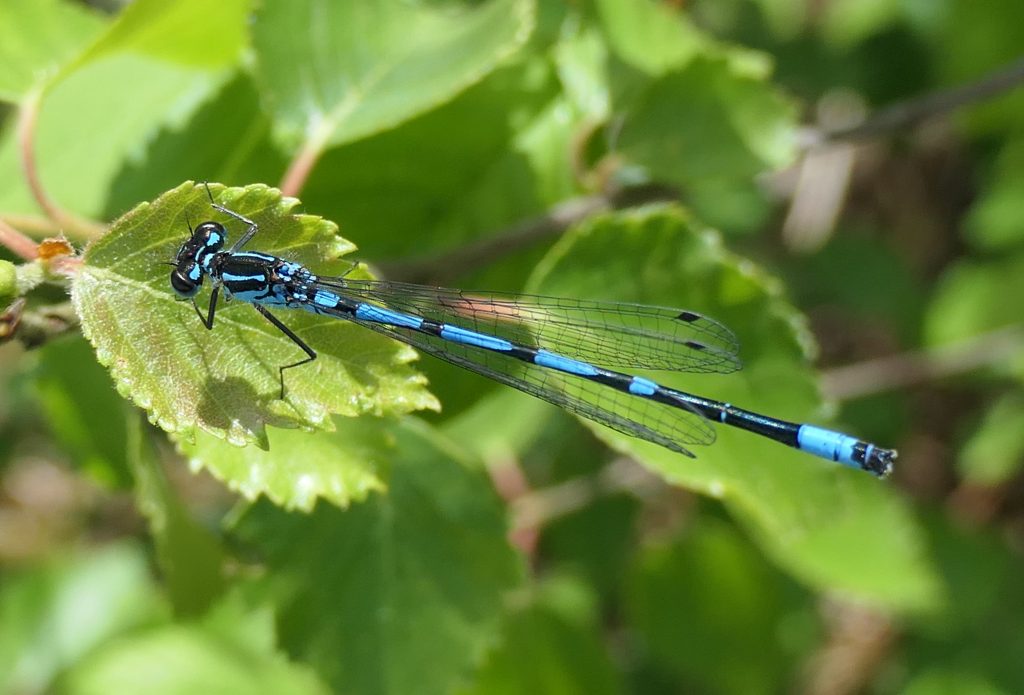
And so to the Lepidoptera. The area is one of only three Important Butterfly Areas (IBAs) in Ireland. The other two are the Burren and the headquarters of the River Suck.
Yesterday (15 May) it was the moths that dominated numerically. Silver Y is a resident and migrant moth, and it was everywhere, darting in and out of grass clumps, like a cyclist weaving around stationary cars on a busy highway. Despite the conspicuous buzzing flight it vanishes on landing, blending with rather than burying itself in the bleached tussocks of last year’s grass growth.

The Silver Y moths I saw were pale grey, indicating overseas origin. The paler form, seen here, typically originates in a hot climate. We could be looking at an African moth here.
Another moth that is both a resident and migrant, Angle Shades, was also buzzing around Ballydermot on 15 May. This moth is mainly nocturnal but can be seen in daylight resting on vegetation. Like the Silver Y, it breeds on a wide range of plants including Common Nettle and birches. There is plenty of food for it in the area.

By contrast, the Silver Hook is a localised, resident moth. This beautifully marked moth occurs in fens, marshes and boggy heathland so it finds good ground in Ballydermot. It is mainly nocturnal but flies by day when disturbed. It breeds on grasses and sedges.

An intriguing day-flying moth is the bee mimic, the Narrow-bordered Bee Hawkmoth. Another resident, this occurs only locally in wet grassland, on dry calcareous grassland and boggy places containing its breeding plant, Devil’s-bit Scabious. This buzzes like a bee, flies like a bee, feeds like a bee, looks like a bee… but has no sting. It is a moth, and the adult loves louseworts and milkworts.

Butterflies that are locally distributed in Ireland have a stronghold here. The Brimstone, which is absent from most of Ireland (absent from 80%) is common and often abundant in the Ballydermot region. I saw 14 Brimstones on 15 May, looking daffodil yellow (male) and pale greenish-white (female) in the pure spring sunlight. After spending nine months in hibernation, they do not look their best but still flung their brightness on the still brightening habitat.

Another local butterfly, absent from 84% of Ireland’s 10 km squares is the Dingy Skipper. Small and unglamorous, it has a cultish charm for butterfly lovers, looking like a childhood teddy bear recovered from an attic years later. It has a cuddly appearance, and needs care, being found only in small patches of suitable habitat in most of its recorded distribution. While it breeds on a widespread foodplant, its habitat requirements are quite precise, and it is common in Ireland only in the Burren.

To complete this post, I am showing you the Cryptic Wood White butterfly. It looks delicate and fragile on the wing, flying with what looks like a tremendous effort but it can stay airborne for prolonged periods, flapping along wood and scrub edges. Absent from Britain, its discovery, using genetic analysis, was announced in 2011. Until then it was believed to be a different species, the Wood White, a butterfly confined in Ireland mainly to the Burren and a few outlying limestone areas in south Clare and Galway.

This dainty creature is quite widespread in Ireland but breeds only in wilder places. Long live the wild and wilderness!




